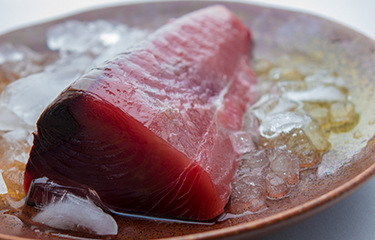Alaskan health officials are concerned about an increase in scombroid poisoning from fish and some are pointing the finger at Alaska’s unusually warm summer, according to an Alaskan Public Media report.
At least seven people became sick with scombroid poisoning between May and August of this year, whereas only five people reported the illness during the three-year period from 2015 to 2018, the Alaska Department of Health and Social Services said.
Anna Frick, a research analyst for the Department of Health and Social Services, hypothesized that the warm summer may have been to blame.
“One possibility is that since it was pretty warm this summer, maybe people had a harder time keeping their fish cold,” she said.
Frick recommends keeping fish on ice or below 40 degrees to best avoid chances of food poisoning.
According to the Department of Health and Social Services, scombroid poisoning is most likely occur with dark-meat saltwater fish such as tuna, bonito, and mackerel. Although it’s unlikely for scombroid poisoning to occur with salmon, four of the cases in Alaska this summer were associated with salmon, while two were connected with tuna, and one with catfish. The cases did not appear to be related.
According to the U.S. Centers for Disease Control and Prevention, only 11 of the 1,555 scombroid poisoning cases reported in the last 20 years have been related to salmon.
Scombroid poisoning is caused by an overgrowth in bacteria when fish is kept at temperatures above 40 degrees. Symptoms such as heart palpitations, headaches, blurry vision, and gastrointestinal distress typically last for around 48 hours.
Photo courtesy of Shutter_tonko/Shutterstock







